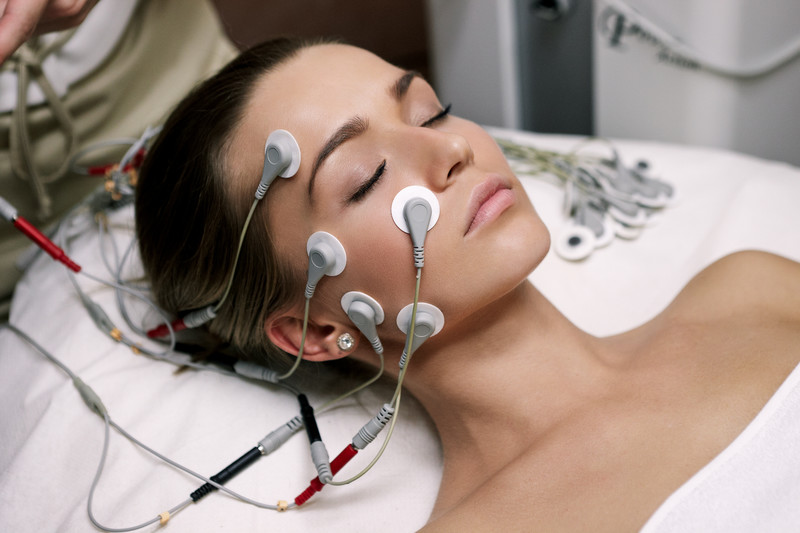
6 things to avoid when developing wearable medical devices
Wearable medical devices are a fast growing market and many companies are rushing to get devices to this rapidly evolving space. Although market advantage is critical for technology based devices, it is more important is to review and address any high risk issues carefully during each step of development to ensure a successful design.
This is the second installment of a three-part blog series covering the dos and don’ts of developing a skin-worn wearable medical device and the science of sticking to skin. My previous blog covered the dos of skin-worn medical device design and development. In this blog, I will go over the don’ts of developing wearable medical devices in order to prevent any costly fixes that may arise later in development. My final blog will address the science of sticking to skin.
Don’t develop the device and required accompanying application independently from each other. Device development team and app development team need to collaborate with each other to create a workflow that is coherent. Also, the design of the device and the Graphic User Interface [GUI] should look like they belong together as a system. Do the form, colours, material, finish, and user interface elements of the device tie in well with shapes, colours, and design language of the app GUI design? Does the design language of both align with the client’s brand identity?
Don’t forget to conduct user wear testing. Standardized bench testing and bench testing using skin proxy are great ways to collect information but having real people from the target user population wear the devices for the intended duration under intended conditions will provide better insights and challenges that you might not have discovered otherwise. You want to address and mitigate all issues before the product launch, not after. In addition, interacting with people from the target user population allows designers the opportunity to connect and grow their empathy for the users. Empathy is a strong design tool.
Don’t just focus on technology first and put off industrial design and human factors engineering until later. Wearable devices are a fairly new product category. Research done by Endeavour Partner in 2013 shows that a third of consumers who purchased a wearable fitness tracker (Jawbone, Fitbit, Nike, Misfit, and etc.) stopped using it within six months. More than half of the consumers stopped using it within two years. Even if you succeed at developing a novel technology, if you can’t find a way for the users to adopt it then you have a failed product. Usability research needs to start from the very beginning. We need to find out what is the easiest, approachable, and non-intrusive way for the device to be adapted into the current standard protocol if worn during a procedure or the user’s daily life. Get industrial designers/human factor specialists involved from the beginning. By gaining a deep insight into the user’s daily life activities, lifestyle and emotional state, designers will be more equipped to creating a wearable medical device that makes users feel comfortable physically and physiologically and is enjoyable to use.
Don’t push off packaging design until the very end. Packaging can be incorporated as a part of the workflow of the device. Packaging does not necessarily need to be just a box that protects the device during transit and then gets thrown out. It can be incorporated as a part of the system to eliminate steps in the device use process or function as a charging dock. We have designed devices that get automatically activated or powered on when taken out of their packaging. It may eliminate a power button, saving precious real estate on small devices. Designing the packaging to work as a holder or charging dock when the device is not in use give it another purpose and saves materials from ending up in garbage.
Don’t forget to assess if the chosen adhesive material is compatible with the packaging, cleaning, and sterilization method if any. Does the device need to be sterilized? Silicone adhesives deteriorates under gamma sterilization. Ethylene Oxide is usually gentlest on tape or film as backing material. Autoclave is not suitable for polyethylene based tapes. Does packaging involve a heating process? Characteristic of adhesives and backing material can change under heat. Are there chemicals used during after use cleaning process? Once again, adhesives and backing material can react differently to different chemicals.
Don’t put off talking to a regulatory advisor about your device. Besides dealing with FDA, REACH, and RoHS compliance issues as a medical device, skin-worn devices have to follow the standard of ISO 10993-1 for biocompatibility evaluation. Regulatory advisors will provide valuable guidance on pricing, timeline and types of testing needed. Even if a material has been tested by the manufacturer and is described as “medical grade” or “biocompatible,” it needs to be tested as a whole device. Each use scenario is unique. Adhesive, plastic housing, sensors, and other components of the device can react differently under different use conditions. In addition to biocompatibility issues, regulatory advisors can provide information that may influence what features to add to the accompanying app if it has one.
The market for wearable medical device is expected to grow to more than $12 billion by 2018. In the last article of my three-part blog series, I will explore the science of sticking to skin.
Christine Park is an Industrial Designer at StarFish Medical where she uses her knowledge of usability, colour, material, finish and emotion to design innovative medical devices for clients.
Image: 7486446 – mtoome / canstockphoto.com
